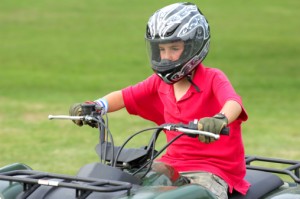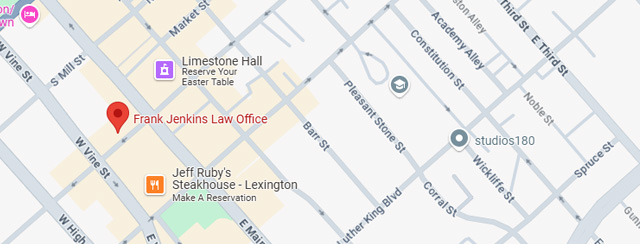- ATV accidents
- Brain Injuries
- Bus Accident
- Car Accidents
- Construction Accident
- Distracted Driving
- Drugged Driving Accident
- DUI
- Firm News
- Mass Tort
- Medical Malpractice
- Motorcycle Accidents
- Pedestrian Accidents
- Personal Injury
- Product Liability
- Safety
- Social Security Disability
- Truck Accidents
- Vehicle Accidents
- Workers Compensation
- Workplace Injuries

Riding all-terrain vehicles is a popular American hobby, but it’s also very dangerous. Just like a motorcycle, an ATV provides no protection against direct contact with the ground or an object when an accident occurs. That means the risk of injury – particularly head trauma – is especially high. Unfortunately, a new study from the Centers for Disease Control and Prevention shows that helmet use is inconsistent among the country’s youngest ATV enthusiasts.
According to the findings, one-quarter of U.S. adolescents have ridden ATVs, but only 45 percent of them routinely wear helmets and 25 percent never do. ATVs are most popular in rural areas, but that’s also where helmet use is the least likely, researchers reported.
Roughly 29,000 children in the U.S. are hospitalized each year for ATV-related injuries. The most recent data on youth fatalities shows that 89 Kentucky children died in ATV accidents between 1982 and 2007, according to the Consumer Product Safety Commission (CPSC). Overall in Kentucky, 539 people died in ATV crashes between 1982 and 2011.
Many people don’t know that the ATV industry has faced heavy criticism for decades. The CPSC and Justice Department successfully sued to prevent manufacturers from making the three-wheeled models in the 1980s because of the high rate of rollover accidents. But no recalls were issued, and there is no way to know how many of the 10 million ATVs currently used in the U.S. are the older, more dangerous models from years ago.
Any ATV, regardless of its age or design, can be dangerous – especially in the hands of young people. Adolescents are less experienced than older ATV drivers and often have a sense of invincibility when it comes to risky activities. That’s why parents and other supervising adults have the responsibility of making sure that children are properly trained on how to use ATVs and teaching them that wearing helmets is a requirement, not an option.
In Kentucky, the law states that all ATV riders over the age of 16 must wear a helmet on public property, except for those using the vehicle for agricultural or business purposes. All riders under 16 – operators and passengers – must wear helmets.
Helmets have been known to reduce the risk of death in ATV crashes by 42 percent, and to reduce the likelihood of a non-fatal brain injury by 64 percent. Yet Dr. Jeffrey Sawyer, a physician from the University of Tennessee, said in an interview with the Journal of the American Academy of Orthopaedic Surgeons, that even families of children injured in ATV wrecks don’t seem to change their minds about helmet use. “I tell them that I can fix a broken bone, but I can’t fix a head injury,” he said.
It is important to explain how devastating a traumatic brain injury can be. Aside from the millions of dollars in lifetime expenses that a head injury survivor faces, families must also be prepared for the fact that their child could lose his or her ability to do the most basic tasks, such as walking, talking, eating and going to the bathroom. The child may lose all short-term or long-term memories and may undergo personality changes. Some people who sustain brain injuries are prone to aggression, even violence.
While a helmet is an essential safety step, there are other things that parents can do. Enroll your child in an ATV safety course. There are safety courses available around the country, and children are welcome in many of them along with a parent or guardian.
If you are going to spend thousands of dollars buying an ATV, spare an extra hundred bucks – or even less, depending on what you buy – on a DOT-approved helmet for your riders. It could be the best decision you ever make.

